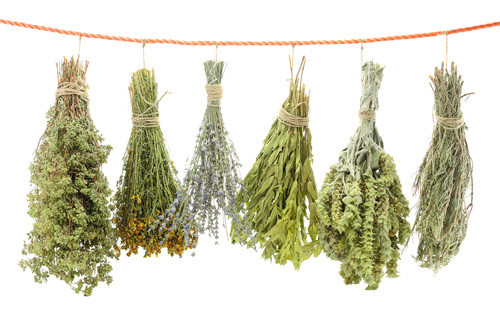
Using herbs for the treatment of diseases and ailments originates way back to at least the Paleolithic period, when we humans first evolved. Civilisations the world over practised used of herbal medicine; its roots at the very beginning of human history, and is a practice still heavily relied on today. As a more readily available, cost effective and environmentally conscious path to healthcare, as much as 80% of the global populace still use herbal remedies as the primary source of healthcare.
Ancient Egyptians in 1500 BC documented use of garlic, juniper berries and myrrh for medicinal purposes in both tomb paintings and papyri. Most of us, too, are familiar with the story of Jesus being presented with myrrh at his birth. By the 1600s English botanists such as Nicholas Culpepper, John Gerard and John Parkinson created extensive documents and herbals to extol the virtues, and warnings about natural remedies found through herbs.
Today, many of us use regular herbs for cooking, and this is a guide to some of the health benefits we can receive from including certain herbs within our diets. Of course, this is not an exhaustive list, but features more of the common herbs readily available for use in the home kitchen.
Contents
Basil
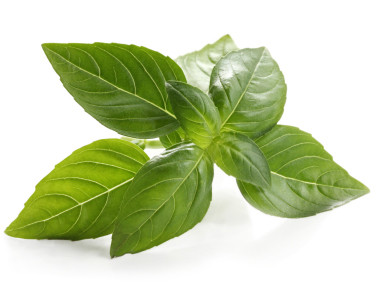
A highly popular culinary herb, basil is aromatic and carminative. It naturally helps to expel flatulence whilst adding a sweet and scented bouquet to meals. Due its eugenol and rosmarinic acid quotient, basil is a natural anti depressant, which helps to produce dopamine and serotonin. No wonder people from Italy always seem to be smiling!
Bay leaves
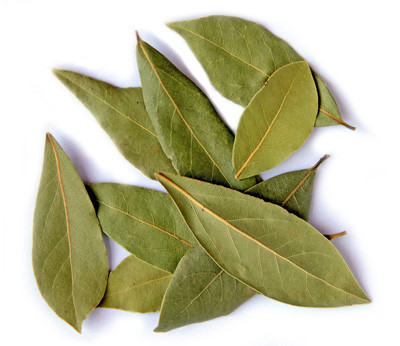
Pleasantly aromatic, the bay leaf or laurel as it was once known, is one of the most well recognized culinary herbs in use today. Revered as noble and wise by the Romans, it has always been used for the relief of colds and flu like symptoms. Furthermore, it’s brimming with folic acid; key players in prenatal care and important in DNA synthesis. Packed with vitamin A, a natural antioxidant essential for healthy vision.
Chamomile
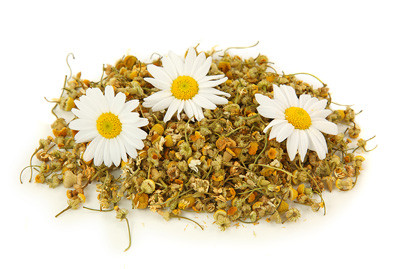
These stunning plants look just like daisies but have a faint and flowery small. Recognized as the ultimate sedatives, a tea of chamomile is calming and relaxing. As such, it is a good companion in times of stress and an excellent preparation to help you sleep more easily. Its bisabolol content also makes it a powerful antiseptic.
Chives
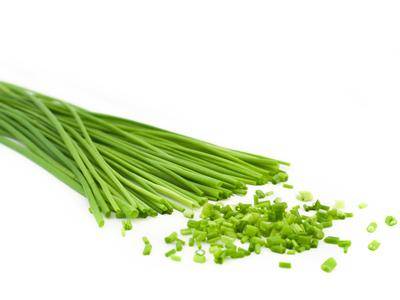
A close relative of onions and garlic, chives have similar medicinal properties, although they are considered weaker! That said, with edible flowers in a violet hue, and with their easy to snip application in meals, chives contain allyl sulfides. This means chives are reported to have a beneficial effect on the circulatory system, as well as stimulant, diuretic, and antiseptic qualities, just as those of garlic.
Cilantro
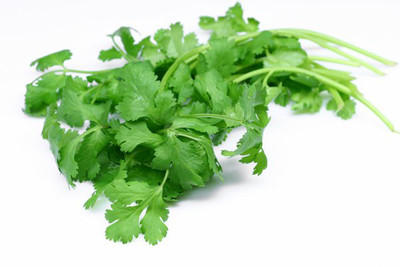
Also known as coriander, this herb can be used for its leave and seeds. With a fragrant, zingy scent, the leaves are excellent in soups with lime and chilli. Carboxlyic acid in cilantro cleverly flushes the body of toxins such as heavy metal, by attaching itself ad removing from the bloodstream. As such, cilantro is a great reliever of fatigue.
Dill
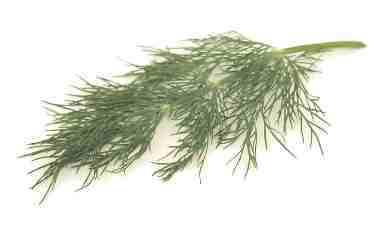
An antibiotic akin to pharmaceutical drugs, dill is rich in limonene, which has helped to fight off severe infections such as Ecoli. Its strong, tangy flavour pairs well with the sea and it’s revered in Sweden as part of laxpudding; a salmon and egg omelette. this dish is an excellent source of calcium to help strengthen and protect bones.
Ground-Elder (also known as Goutweed or Bishop’s Weed)
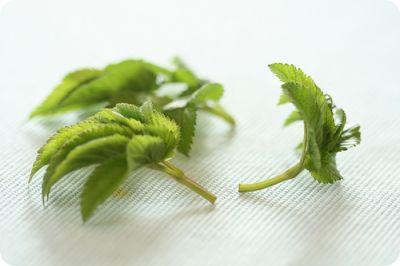
Elder is a ubiquitous and seemingly innocuous summer plant. With its cloudy heads of flowers, and dark berries in the winter, it provides a double whammy of health. Elderflower is recognized for its antiseptic and anti-inflammatory properties, and is most commonly prepared to ward off colds and flu, sinus infections, and other respiratory disturbances. It also has mild diuretic and laxative properties, which means it can help to relive constipation. The berries are dark and make excellent wine, which is also a great fighter of winter flu and colds. Elderberry juice was used to treat a flu epidemic in Panama as recently as 1995, making it a highly effective alternative to costly antibiotics.
Fennel
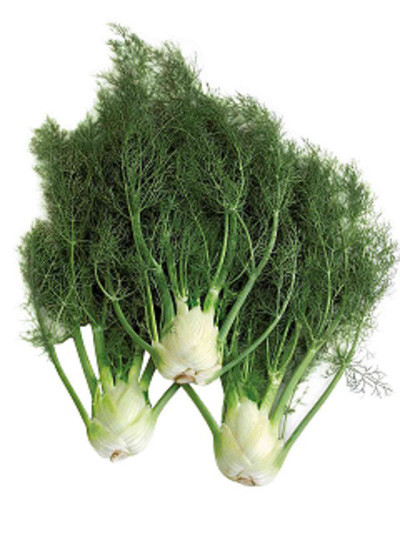
A fascinating phytonutrient compound found in fennel is anethole—the primary component of its volatile oil. Anti-inflammatory and cancer reducing, this sweet and fragrant herb should be included in diets, in the form of teas and tisanes, as well as including raw fennel bulbs and leaves in salads. Research suggests that fennel is effective in restoring damaged cells, weathered by toxins.
Mint
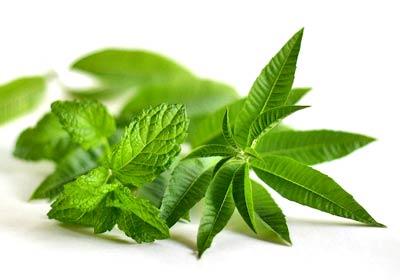
Long revered for easing of nausea and stomach cramps, peppermint is a fresh herb, best drunk as tea or added to cooling drinks in the summer. Famously paired with lamb, mint is great to add its distinctive flavour to any dish. Menthol within the herb eases inflammatory stomach conditions due to its anti-spasmodic properties.
Oregano
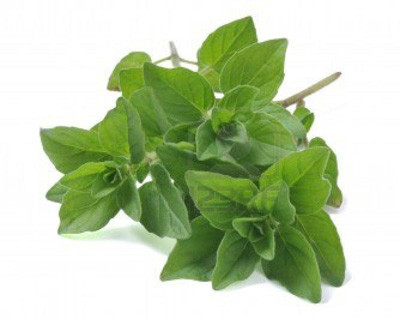
The little pizza topping friendly herb oregano lines the hedgerows of Tuscany with its delicious fresh scent. Thymol and carvacrol present within the herb mean it’s great for relaxing muscles, during menstruation or other stomach cramps. Should not be used during pregnancy due to its loosening of the menstrual flow.
Parsley
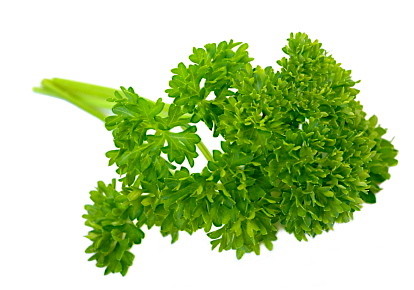
One of the most popular herbs, that is easy to grow at home, parsley comes in two forms: flat or curly. Each, as a leafy green plant, contains folate to help protect developing fetuses, but also is rich in apiol and myriaticin; which have a natural diuretic effect and reduce bloating. Parsley is often used to accompany garlic, as it is said to reduce the smell.
Rosemary
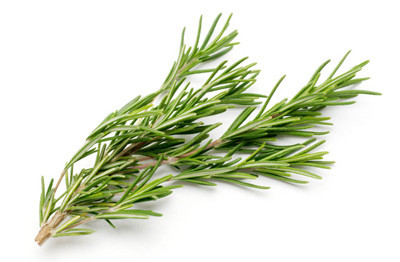
Another highly fragrant herb, rosemary lines the hedgerows in coastal places and has a heady, woody scent. Excellent used on a barbecue to infuse foods with its scent, rosemary is also a healer, which helps combat respiratory problems. Containing eucalyptol, consuming rosemary can help to loosen phlegm within the respiratory system. With its additional anti-inflammatory properties, rosemary helps soothe a sore throat.
Sage
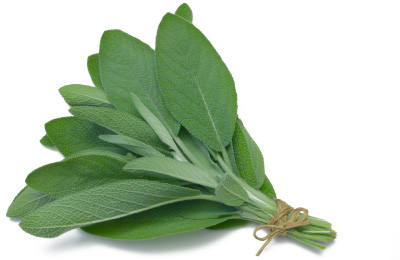
Its Latin name is Salvia, which is linked to salvation because it has long been revered as a medicinal herb. Recognizable by its soft lamb’s ear style leaves, sage is such a flavorful herb, you need only include a little to impart its flavor. However, as a powerful antiseptic and antibiotic, its uses are not limited to flavoring. Used as part of a cure during the Plague, sage has excellent healing properties for a sore throat and helps ease menstrual problems for women.
Thyme
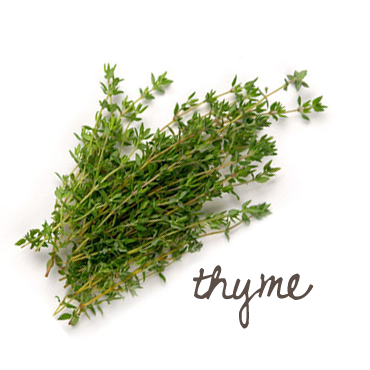
A sweet and durable herb, thyme is an excellent flavour for chicken, and any tomato based sauces. Containing high levels of thymol—named after the herb itself— thyme can protect and significantly increase the percentage of healthy fats found in cell membranes and mitochondria. It also increases production of DHA (docosahexaenoic acid), an omega-3 fatty acid, in the brain, kidney, and heart cells. Another herb to soothe the respiratory system.
With the addition of these herbs to your every day meals, you will be following in the footsteps of our forefathers and finding alternatives to some costly prescription drugs. Many other herbs grow readily in our meadows and are worth investigating, with the use of an explanatory guide.
Herbs add a delicious fragrance to most meals and almost all are full of folates and vitamins, as well as having other specific healing properties. Experiment with those suggested, and look to up your intake of healthy nutrients: the herbal way.
You can also add spices in your herb to enhance its miraculous benefits. You can read our list of the healthiest and most beneficial spices.
